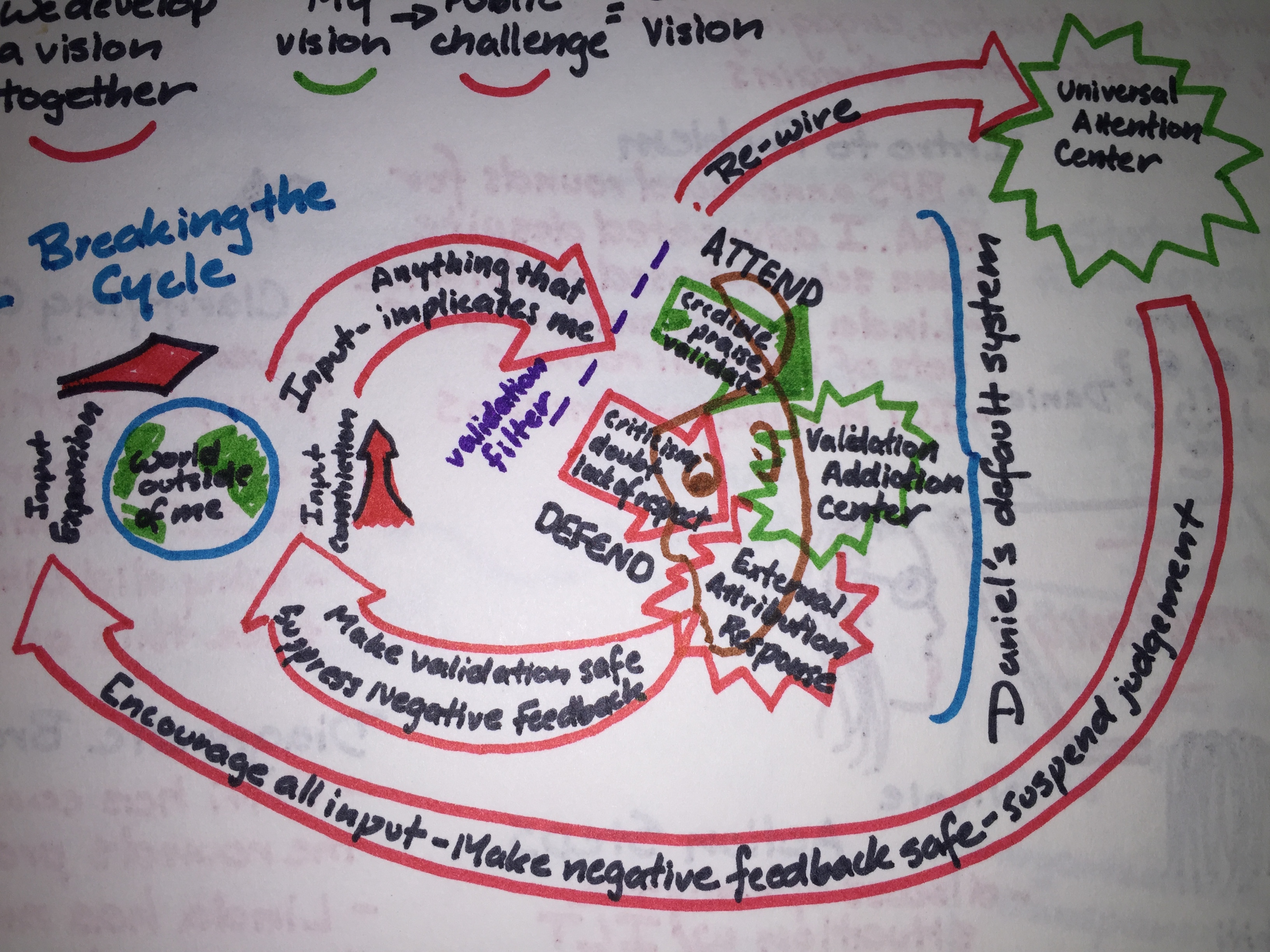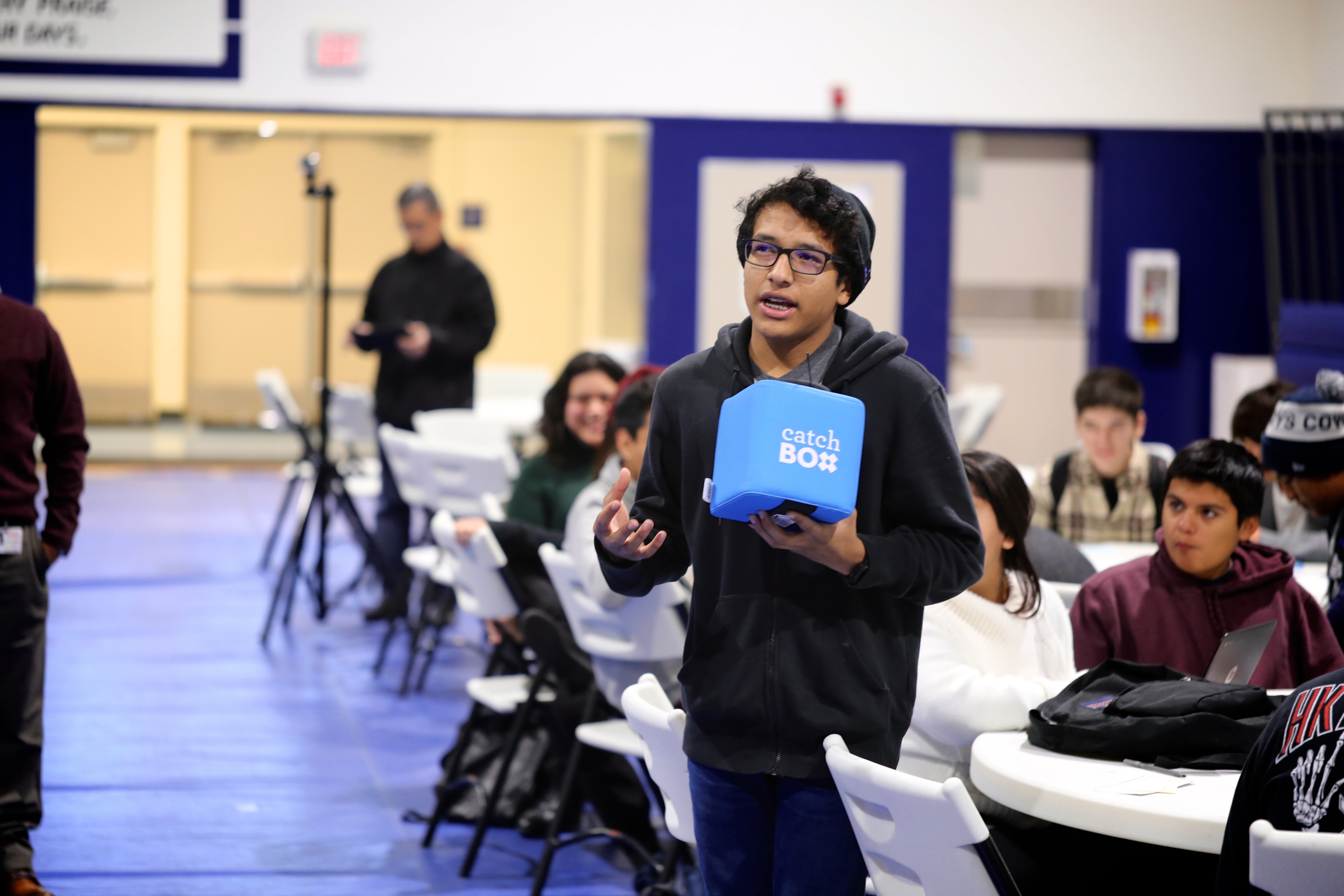
When I first interviewed for my current job, one of the things that immediately struck me were the uniform, white walls in the district office. Now, to be fair, I was working at the time as the principal of a visual and digital media art school in San Francisco. We hung art from the rafters, painted murals on every hallway. We replaced our bathroom mirrors with designer mirrors and hung student portraits around the school. We wanted a space that reflected and projected our values. We wanted our students and community to know that our building belonged to them.
Suffice it to say, I decided pretty early on that my new office needed some color. I wanted to make a statement that I was willing to push boundaries and insist that our organization be more thoughtful about design and aesthetics. When I shared my plan with one of my mentors, Gia Truong, she laughed nervously.
“That’s not going to go over well, Daniel.”
She pointed out that in a large school district, paint and protocol are a big deal. She shared how she had come under fire for doing some painting when she was a middle school principal. Of course after giving me a friendly heads-up, she encouraged me to move forward with my plans anyway.
On day one of my new job, I realized how tricky my situation had become. Instead of inheriting the discrete office space I had been shown when visiting a few weeks earlier, I was directed to one of the few offices that had floor to ceiling interior windows. My office was exceptionally public and visible. To welcome me, special arrangements had been made to give my office a fresh coat of Navajo White paint and furnish the space with a new set of large executive furniture. The organization had given me the royal treatment and highest welcome.
I tried not to panic. When I told my administrative secretary that I was planning to repaint and refurnish, she was visibly perplexed. “Mr. Allen, they just painted your office.” “Why don’t you want your furniture?” I think she thought I was crazy. Her reaction was so concerning, in fact, I decided maybe I needed to do a little investigating, or at least priming, before redesigning the space. I learned quickly that I wasn’t going to get explicit permission. I also started to sense that there might be some people very upset, both that I was “wasting” resources that had just been invested in preparing my office and that I wasn’t following work order protocol.
So I started to ask questions to map the organizational structure related to building services and maintenance. Who actually painted my office and how could I express gratitude for their work while simultaneously explaining my rationale for such a quick change? Who supervised the painters and might complain about my actions at the director or assistant superintendent level? I made a trip to the building services plant, introducing myself to as many front-line employees and managers as I could. When I finally tracked down the painting manager, he was genuinely surprised I had taken the time to come out to see him. I explained my rationale for redesigning my space, and he was supportive. He even took me into the warehouse to supply me with some rollers and basic supplies to paint my office myself.
A weekend of painting and a few trips to IKEA later, my office was ready. I funded everything myself, figuring it was a wise investment to make a strong and strategic first impression. Word spread quickly, and I had visitors from around the district office come to see my space. They started taking pictures. In a large district, people didn’t necessarily remember my name. They just identified me as the new guy with the cool office (now I’m the guy who rides a bike, but that’s a different story).
Now, a year later, and things have been moving. Of course I had a lot of learning to do myself – about the complexity of stocking and maintaining paint, of the legal requirements of contractor bids and furniture purchasing. I also realized that a lot of other people were already pushing for more thoughtful and engaging space design. I was just one agitating source in a big system that requires agitation from lots of sources in order to change and adapt. We’re hosting a “curation by design” workshop this summer. Principals are pushing for maker-spaces, welcome centers, and more student-centered and technology-integrated media centers. We’re approving six new paint colors to stock and use districtwide.
Some might call this work gimmicky or unnecessary given the financial constraints placed on public schools. Perhaps.
But perhaps by building our capacity as designers, we can develop greater empathy for our students and families and how they experience our schools and classrooms. Perhaps we can increase the visual cues that reflect our values and create spaces that better engage and enliven our learners.






